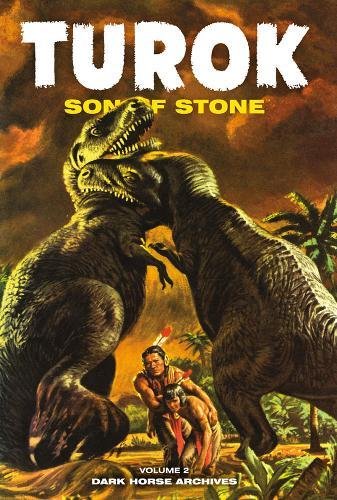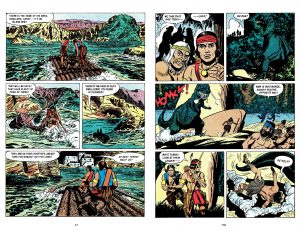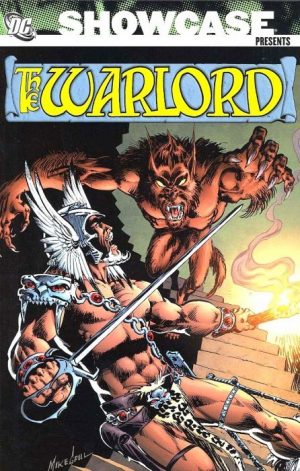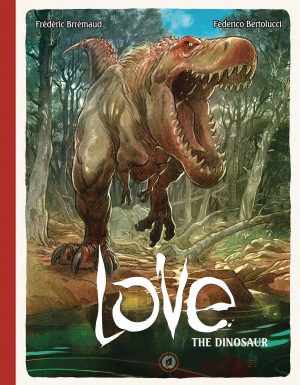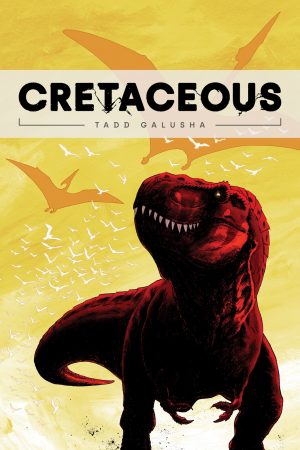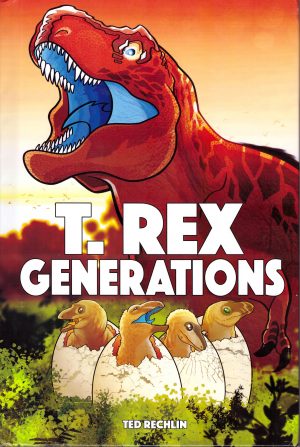Review by Frank Plowright
By 1957 a new issue of Turok, Son of Stone was appearing every three months, which by the terms of the era was a success. However, also customary was a lack of credits, so while artists can be identified by style, the writers remain anonymous. It’s believed that these issues provide the transition of writers from Gaylord Dubois to Paul S. Newman, but from the tone of the scripts Newman is possibly in place from the start. Plots became progressively more sensationalistic over the course of Volume 1, but from the opening story here Turok is scaled back to more realistic adventure, or as realistic as 19th century Native Americans in a world mixing cavemen with dinosaurs gets. They’re character based, with Turok and Andar’s skills and ingenuity solving problems.
More readily identifiable is the art of Bob Correa over the main stories starting the collection, sadly nowhere near as alluring as the cover painting. Correa’s art is functional, but basic, and never brings out the cinematic wonder of Turok’s adventures. The four page interlude strips of dinosaur life illustrated by Rex Maxon look far more interesting. After Correa, Ray Bailey illustrates all the main stories, his faces not as crude as Correa’s but his foreshortening and scale troublesome and his layouts also don’t make the most of the opportunities. Lee Elias on the final stories is an improvement, but this is his only Turok work.
Turok and Andar are Native Americans who’ve descended into a lost world well beneath the surface, yet one where the sun still somehow shines on the dinosaur population. Don’t look for geological accuracy as the scripts prioritise excitement, not ensuring only dinosaurs from the same era are portrayed alongside each other. A similar mix and match attitude is taken when it comes to Native American techniques, horse taming proving very useful in one adventure.
Supporting cast and tame animals are fleeting, with Turok and Andar the only regulars and others drafted in as necessary. The adventures may not maximise their visual potential, but they’re engagingly written, with different problems set in every story, and the dinosaurs a constant danger. At times the language is the unlikely shorthand of cinema and TV, but otherwise Turok and Andar are treated with respect, as is the knowledge they’ve acquired.
As with all other albums in the series, it’s a shame Dark Horse are charging for a premium hardcover, but couldn’t carry out much restoration of the original pages. That also applies to Volume 3.
